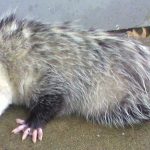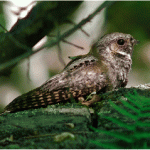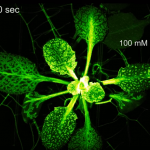You will also like...
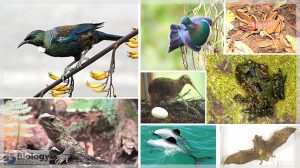
New Zealand’s Unique Fauna
Meet some of New Zealand's unique fauna, including endemic insects, frogs, reptiles, birds, and mammals, and investigate why many have such distinctive features. You'll also find out about why there are so few native mammals and the impact of introduced pests on the unique natural ecosystems...

Population Growth and Survivorship
This lesson looks at population attributes, regulation, and growth. It also covers population genetics, particularly genetic variations, natural selection, genetic drift, genetic migration, and speciation...
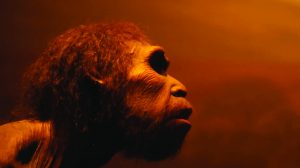
The Hominids
The hominid family diversified from the apes around 6 to 8 million years ago. Since then, the evolutionary path has proved to be nothing short of phenomenal. This tutorial elucidates the emergence of the hominid family from where the human ancestral line came from...

Community Patterns
Learn about community patterns and the ecological factors influencing these patterns. Revisit some of the ecosystems you've learned about earlier to learn more about the possible impacts of natural and human-induced environmental changes...
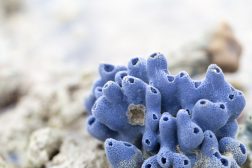
Primitive Animals
Life, as we know it today, is presumed to have started in the sea and many of them were likely eukaryotic animal-like organisms. Because of the expanding diversity of animal life forms, taxonomists eventually came up with a classification scheme to group them into various phyla. Know more about the early animals that were likely the first ones to roam the ancient seas through this tutorial...
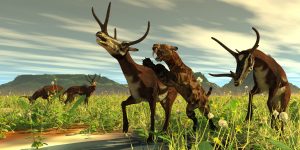
Early Mammals on Earth
The Earth's ecosphere was rapidly changing and throwing up a wide range of ecological niches that new adaptive organisms, such as mammals, could fit into. Eventually, every continent of the planet had its own variety of mammalian organisms and their own unique evolutionary chain and direction. Learn more about the early mammals that roamed the Earth alongside other organisms, such as reptiles, fish, and birds...
